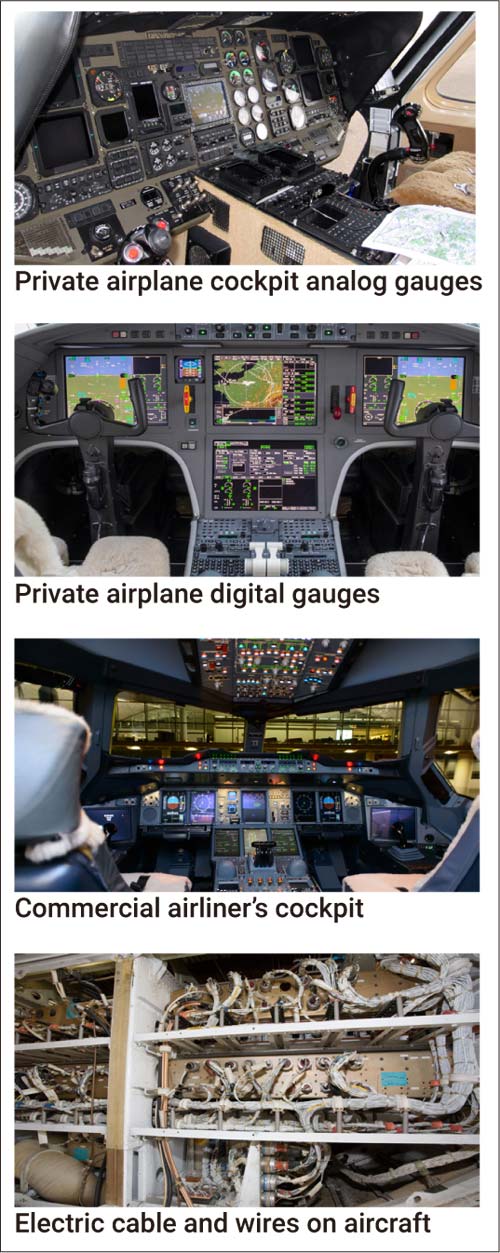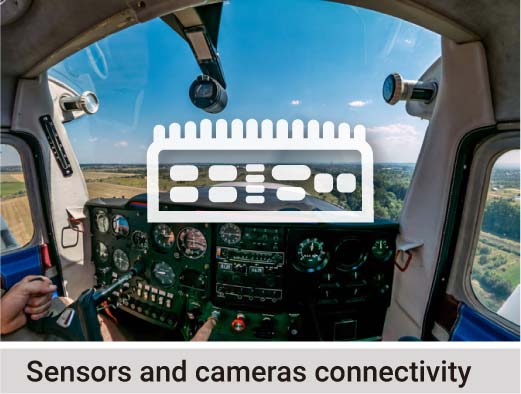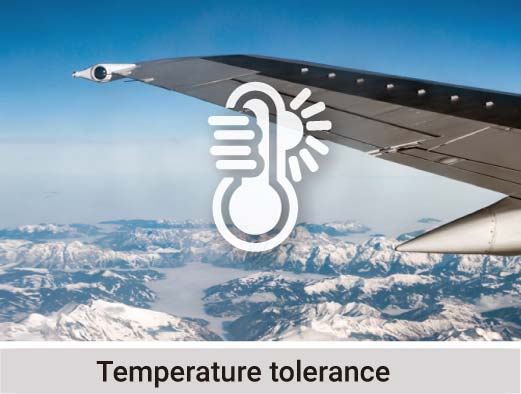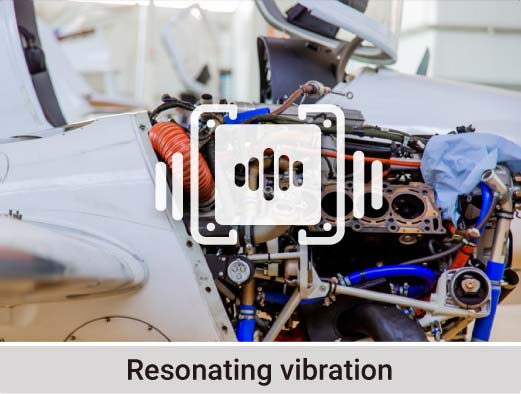Overview

Statistically speaking, flying is the safest way to travel. When they say "flying", it generally means commercial flights from one city or country to another. These flights are safe because of the multiple sensors, radars, and guidance systems that can assist with their flight; and there are also various intervention, prevention, redundant, and precaution systems installed to avoid accidents. But for small aircraft, due to their size limitations, they do not have room to fit multiple powerful computers or radar systems to guide them through poor weather during flight like commercial airliners do. Indeed, preflight checks usually include weather checks, but probabilities are just that, and there is a chance that you may run into bad weather, even if it's just 1% of the chance. In such instances, the pilot's familiarity with the geological terrain, ability to find direction, and capability to land the plane in near-blind weather conditions becomes extremely important. This is why the weather condition is one of the most frequent causes of accidents for small aircraft with hardware failure and pilot error as the other causes
Challenges
To better the safety of small aircraft, is it possible to implement similar computer systems with a smaller form factor? With modern technology miniaturizing powerful machines, there are indeed edge AI computer systems that can be taught to utilize sensors and radars to detect and recognize objects. Such as in an ADAS autonomous system, the fusion technology can interpret all the information gathered by the sensors/ radars and make necessary adjustments.
In an ADAS system, the edge AI system must overcome in-vehicle conditions. Likewise, to implement an edge AI system into an aircraft, it must overcome conditions a small aircraft must endure. Conditions such as vibration, as small aircraft often use rotor engines that create a lot of vibration that may resonate across the cabinet. Another is the temperature variation in a small aircraft, it frequently coincides with outside temperatures Challenges Autonomous Flight in Small Private Aircrafts due to the aircraft body insulation limitations. So when the aircraft is on the ground, temperatures may reach up to 50°C under the sun, and while in the air, temperatures may drop below 0°C. The constant vibration and change in temperature impose stress on the system and its components and therefore, a thoroughly tested edge AI computer is a must.



The Solution and Neousys' Role
Our customer created a guidance system using a Neousys system that combines sensors, and AI inference processing power to identify geological terrain targets. It can be utilized to re-triangulate the position of the aircraft to safely assist it to fly and land in near-blind weather conditions. Most importantly, the Neousys embedded system can overcome small aircraft deployment problems mentioned previously. It is MIL-STD-810G certified to withstand the constant shock and vibration conditions that integrators often encounter. By using carefully selected and tested industrial-grade components, coupled with Neousys' unique patented thermal design, it is capable of true wide-temperature operations from -25°C to 60°C without suffering performance degradation.

The ability to withstand vibration and temperature variation allows our customers to make use of the AI technology, and by connecting to sensors and cameras, it can offer AI sensor guidance assistance. In addition, the system features abundant connectivity with additional sensors utilized for predictive maintenance purposes to detect the smallest discrepancies before they become big problems. While this is not the same redundant system (a 2nd computer, a 2nd engine, etc.) on a commercial airliner, this would be the next best option to minimize and prevent hardware failures.






